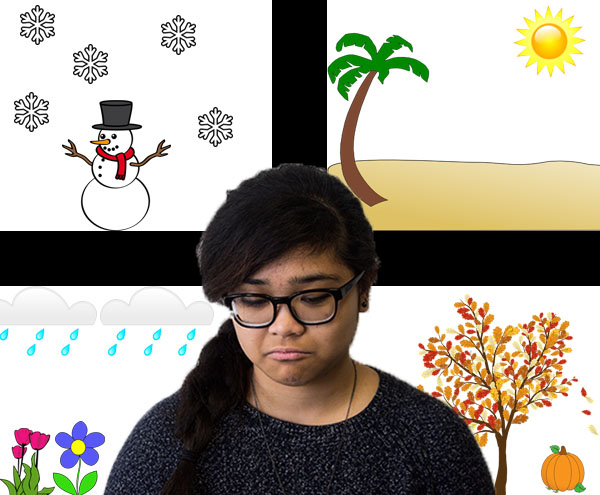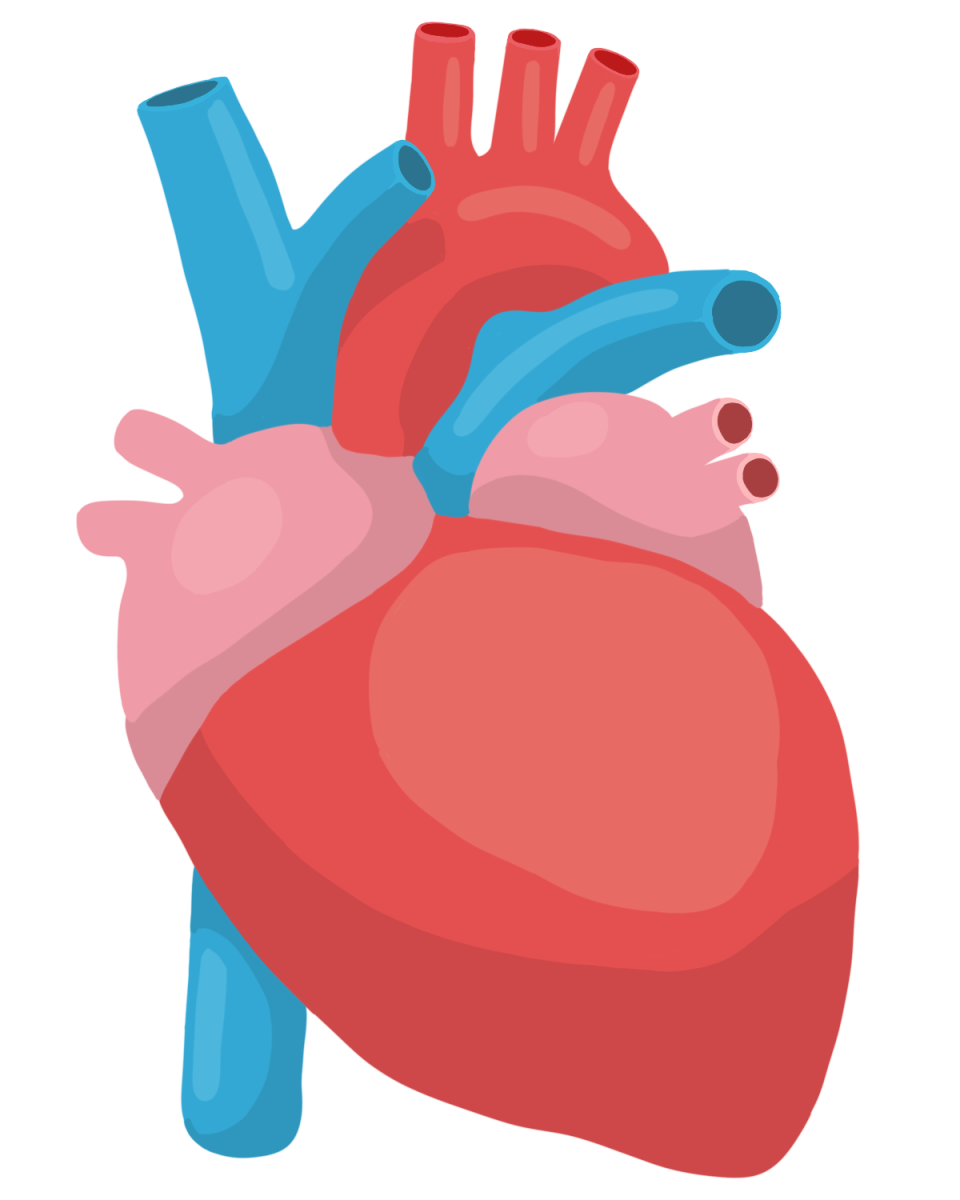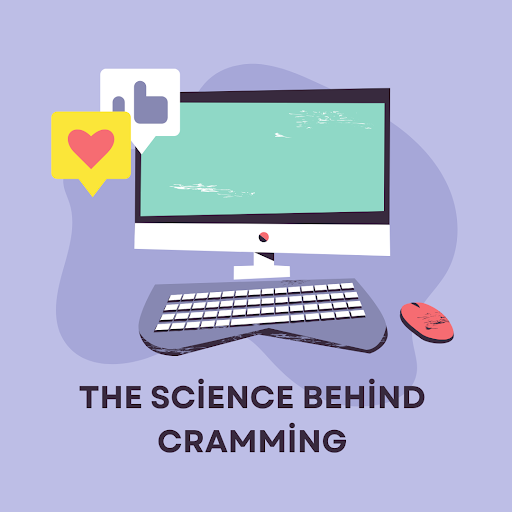Imagine feeling like something is pressing down on the heart, loss of motivation, a complete inability to get out of bed. This is depression. While people get sad from time to time, not everyone is depressed and an even fewer number have Seasonal Affective Disorder (SAD).
SAD is a type of depression that occurs depending on the season, usually winter; according to “Psychology Today”, 10 million Americans are estimated to have this condition. Included in this 10 million are some students from South. SAD symptoms are similar, if not identical, to regular depression, according to Jerry Zabin, a social worker at South.
Junior Celeste Teller*, who was told she had the condition by her therapist, also describes her symptoms as resembling depression.
“Depression […] it’s really just feeling awful […] sad, like I don’t want to talk to anyone […],” Teller said. “I care less about things […] I have less fun.”
According to Zabin, while SAD and depression seem very similar, there is a difference.
“There’s a strong overlap […] so the key is differentiating if it’s depression or Seasonal Affective Disorder,” Zabin said. “[The difference is that] generally, Seasonal Affective Disorder goes away.”
It is also possible to have both depression and SAD at the same time, such as in junior Diane Shein’s* case.
“I deal with what most people with SAD would year long and during winter the symptoms severely intensify,” Shein said. “On a daily basis, I struggle with ongoing debilitating fatigue, severely worsened mood, panic attacks […]. I also struggle a lot to connect with others and feel overwhelmingly isolated.”
Some SAD-afflicted students from South did not know they had it until it was mentioned to them by a qualified source, such as a therapist. According to Shein, who has SAD as well as Severe Depressive Disorder, her diagnosis was not easily sought. At first, Shein says, she thought she only had the later condition; she had never heard of SAD until she looked it up online, upset with how her current treatment corresponded with her depression.
“I was becoming frustrated with the fact that my treatment under my depression diagnosis wasn’t going far after two years, so one night my friend and I started to do more research and realized that there is a whole category of conditions under the diagnosis of depression,” Shein said. “It opened up a whole world of hope for me because I felt like I fit a lot of the symptoms and it could be a key step in treatment.”
However, when Shein brought this up with her first therapist, she says she received a negative response; it took Shein sessions with another doctor to receive her diagnosis of SAD.
“I had previously talked to my therapist about it but she shut me down, accusing me of diagnosing myself,” Shein said.
Teller had first heard of SAD from her therapist as well.
“I [was telling her] it only really comes in the winter, and that in the spring and summer I am fine and she was like ‘oh that’s probably [SAD]’,” Teller said.
Teller, similar to Shein, also received a dismissive response from her therapist.
“She just kept on moving on like it wasn’t a big deal,” Teller said.
According to Zabin, SAD can be treated much like regular depression.
“Sometimes medication […] antidepressants, [or] sometimes cognitive therapy, […] looking at how you think and being able to think in different ways [helps]” Zabin explained.
Similar to regular depression, the symptoms of SAD can be sometimes alleviated through distracting oneself.
“I […] stay as involved as possible in activities to keep myself busy and motivated,” said Shein.
Teller does similar actions as Shein, doing things that she would regularly do when not depressed.
“[I] hang out with people, go to [clubs], get myself to move around and force myself to socialize,” Teller said.
Differing from regular depression, SAD can also be treated with light, according to Zabin.
“What helps with Seasonal Affective Disorder is something called ‘Light Therapy’ where one exposes oneself to bright light or sunlight,” Zabin said.
Shein personally uses this method to alleviate her symptoms.
“Every morning in [the] winter, I use a light therapy box to mimic the sun, which helps immensely with fatigue and mood,” Shein said.
According to Zabin, light therapy, whether one is going outside or using special lamps, is great for SAD. This is due to the circadian rhythms, which are, according to Zabin, “the body’s clock”. These rhythms are regulated by sunlight.
“[Light therapy] helps reconnect the circadian rhythms […],” Zabin said. “In the winter, it gets darker earlier, and the more light people have, it helps them to feel better.”
According to Shein, SAD is a condition that is often misconstrued.
“I think a lot of people just view it as the blues during the winter that everyone gets from being cooped up from the cold,” Shein said. “It is frustrating to describe that it is so much more than that. It affects everything you do. Just because it’s only during one season does not mean it’s any less severe than what people deal with in depression.”
*Names have been changed















